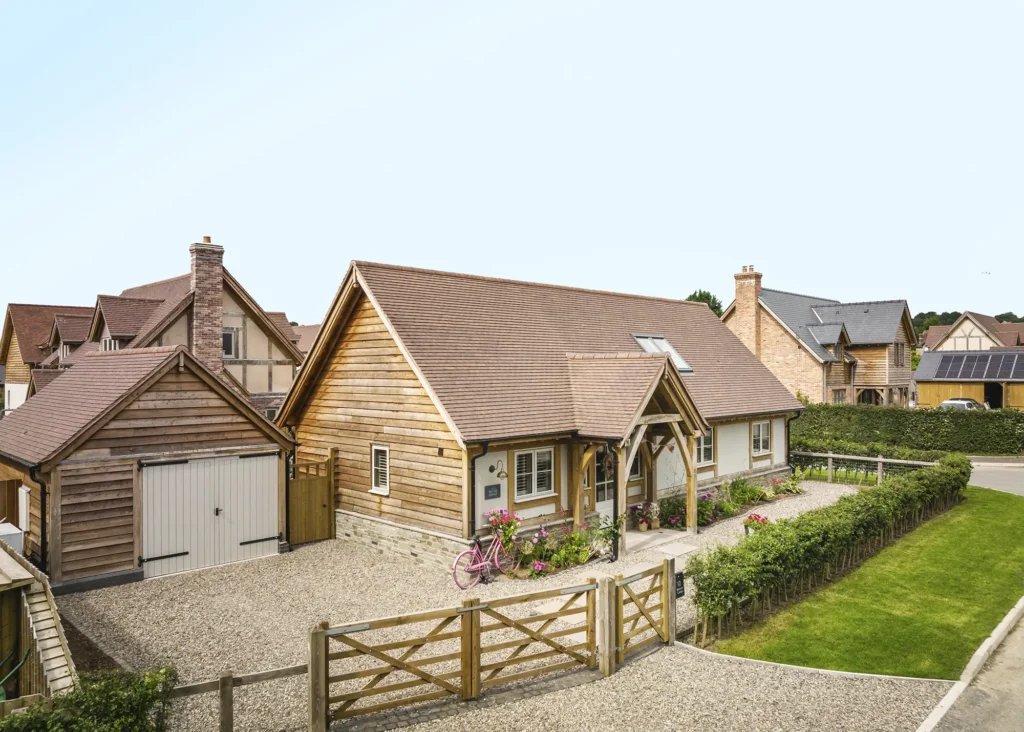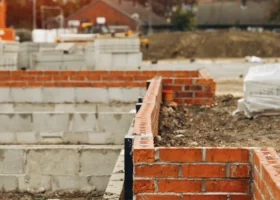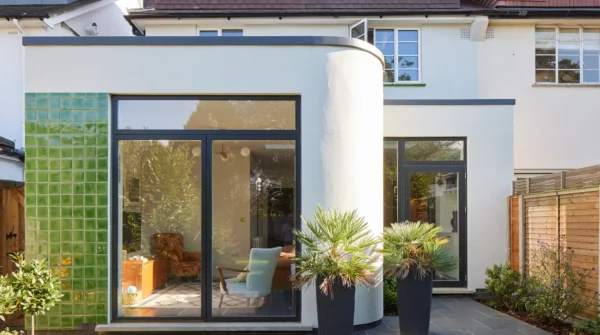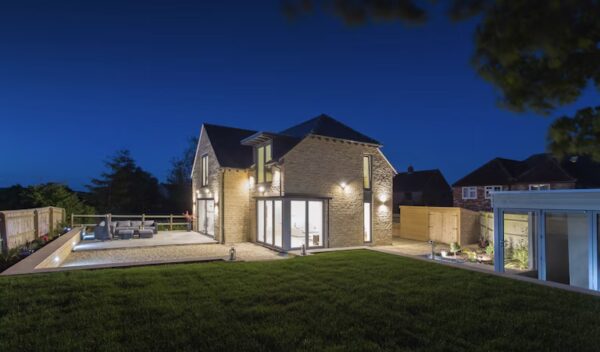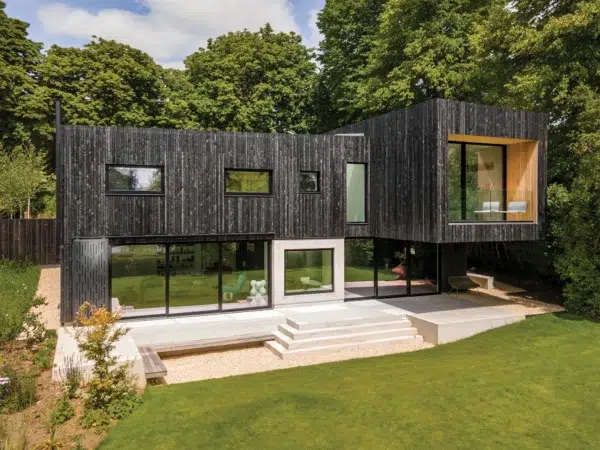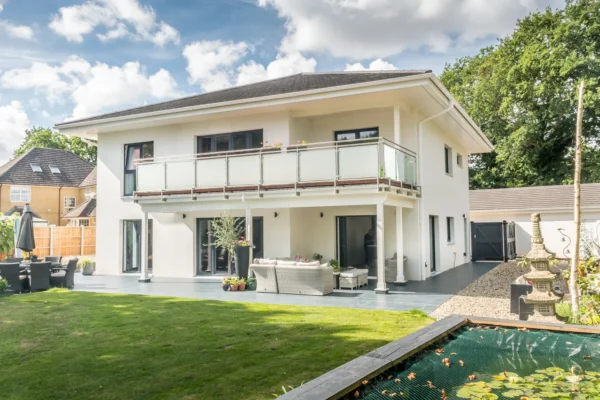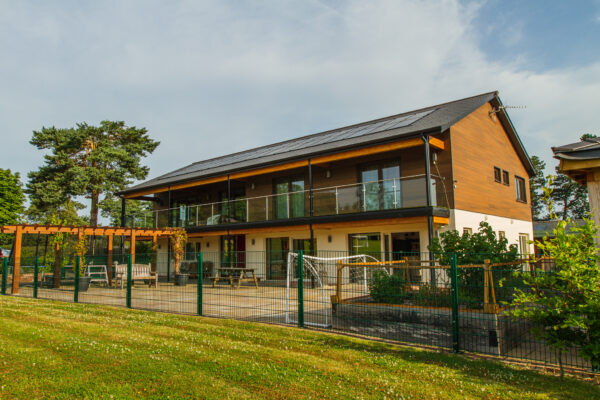What Does the Campaign for Individual Homes Survey Prove About UK Housebuilding?
Increasing the supply of good quality housing was a priority for all parties in the 2024 general election – as evidenced by the housing policy pledges set out in their various manifestos.
The Campaign for Individual Homes was launched in July 2024 by Build It and Homebuilding & Renovating magazines, who are proud to be Gold Partners of the National Custom & Self Build Association.
The campaign is a coalition of consumer-facing businesses in the construction industry who want the solution to the UK’s Housing Crisis to include high-quality architecture resulting in homes built to high environmental and quality standards. In other words, the sort of homes the UK consumer desires and deserves.
We asked our readers to take part in a housing delivery survey to answer questions based on the kinds of homes they’d like to be built in their local area and how they feel towards housebuilding activities. So, what did the campaign’s results show?
What Does the Campaign for Individual Homes Survey Prove?
The research was conducted in July and August 2024 amongst UK adults over 25 years- old. There were 2,728 responses which gives a 95% confidence level +- 2% as being representative of the UK population of 42 million people over 25.
The survey results show that 90% of UK adults believe the UK needs more housing and 68% think it is needed within 5 miles of their current home.
The type of housing that’s been ranked most important is perhaps more revealing. The survey asked participants if new housing was to be built within 5-10 miles of their homes, which type of development they’d rank the highest. The large housing estates which the UK government seems to be focusing on are the least popular option, even if they come complete with their own facilities such as a school, GP, shop and a pub.
CASE STUDY Bespoke home development siteWebbs Meadow is a multi-award winning development which had 13 new homes in phase 1 on the edge of Kington village in Herefordshire. All have now been built to high architectural and environmental standards and a phase two of four more plots has recently been released.
Photo: Mark Watts |
Participants ranked ‘individual new houses’ highest – with an average of 7.31/10 in importance. These new builds would be on infill plots in/adjacent to existing towns/villages. This was closely followed by smaller developments of 3-10 houses in/adjacent to most settlements.
64% of UK adults think that new housing should be a mixture of affordable/social housing and homes sold at market rates. Young adults are unsurprisingly the keenest to see a higher proportion of affordable/social housing.
Why Are These Results Important?
Chris Batesmith, Content Director at Build It, said: “The findings from this Campaign for Individual Homes survey are important. Our governments should take note and stop forcing huge developments on us as their preferred solution to the housing crisis.”
“The electorate clearly thinks small, incremental developments are the way forward. This isn’t surprising, as small developments are associated with higher-quality architecture that enhances the street scene rather than being a blot on the landscape.”
“Smaller developments of individual homes also enable communities to evolve organically, without overloading local services, and as such are clearly the most popular way to increase housing supply – with the potential to deliver both quality and quantity.”
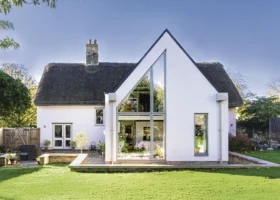



































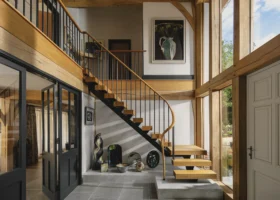
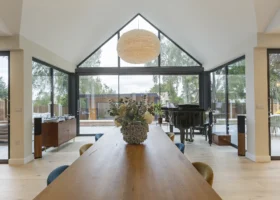














































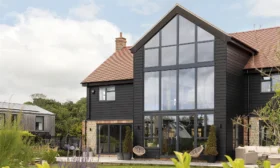











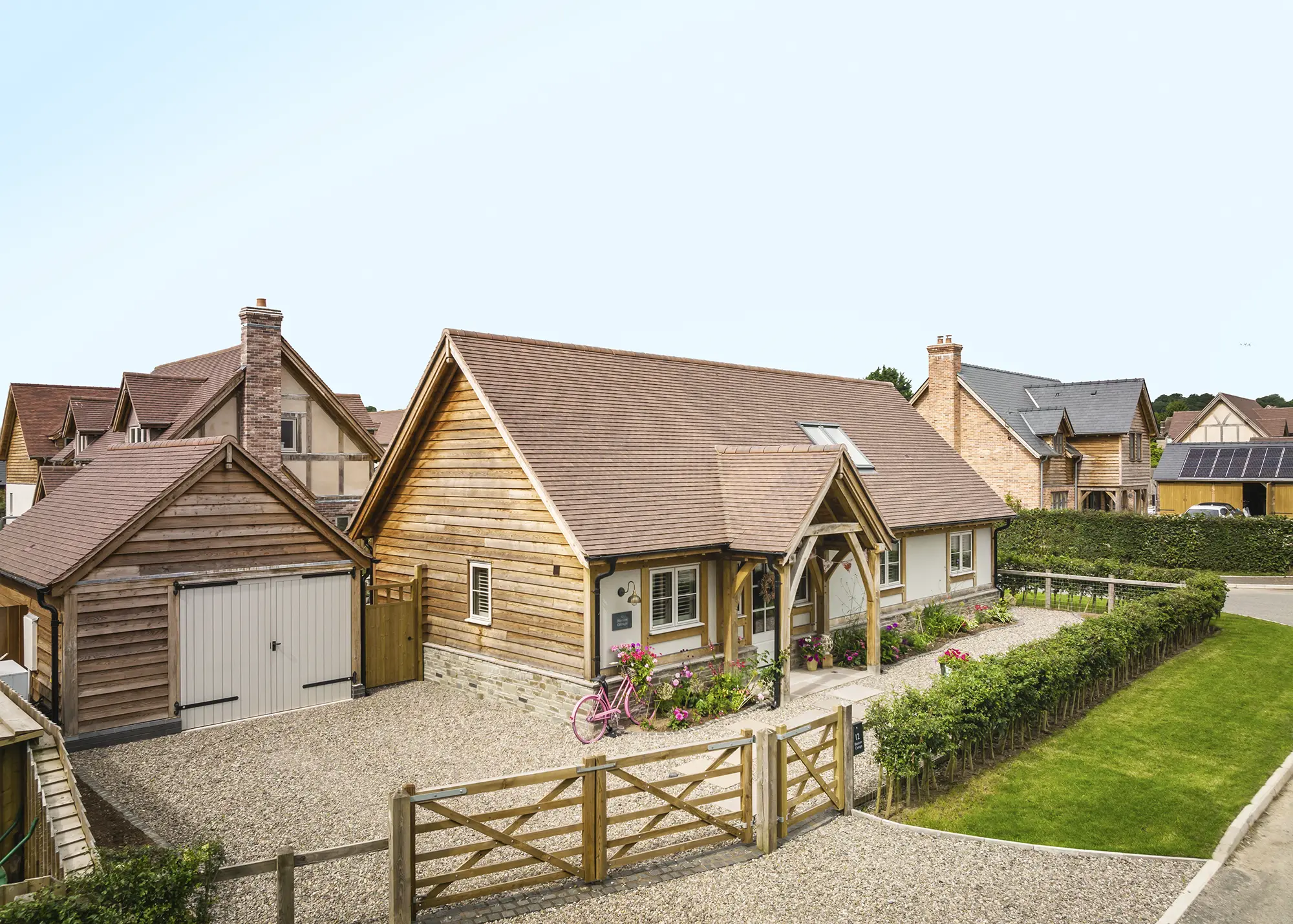
 Login/register to save Article for later
Login/register to save Article for later

